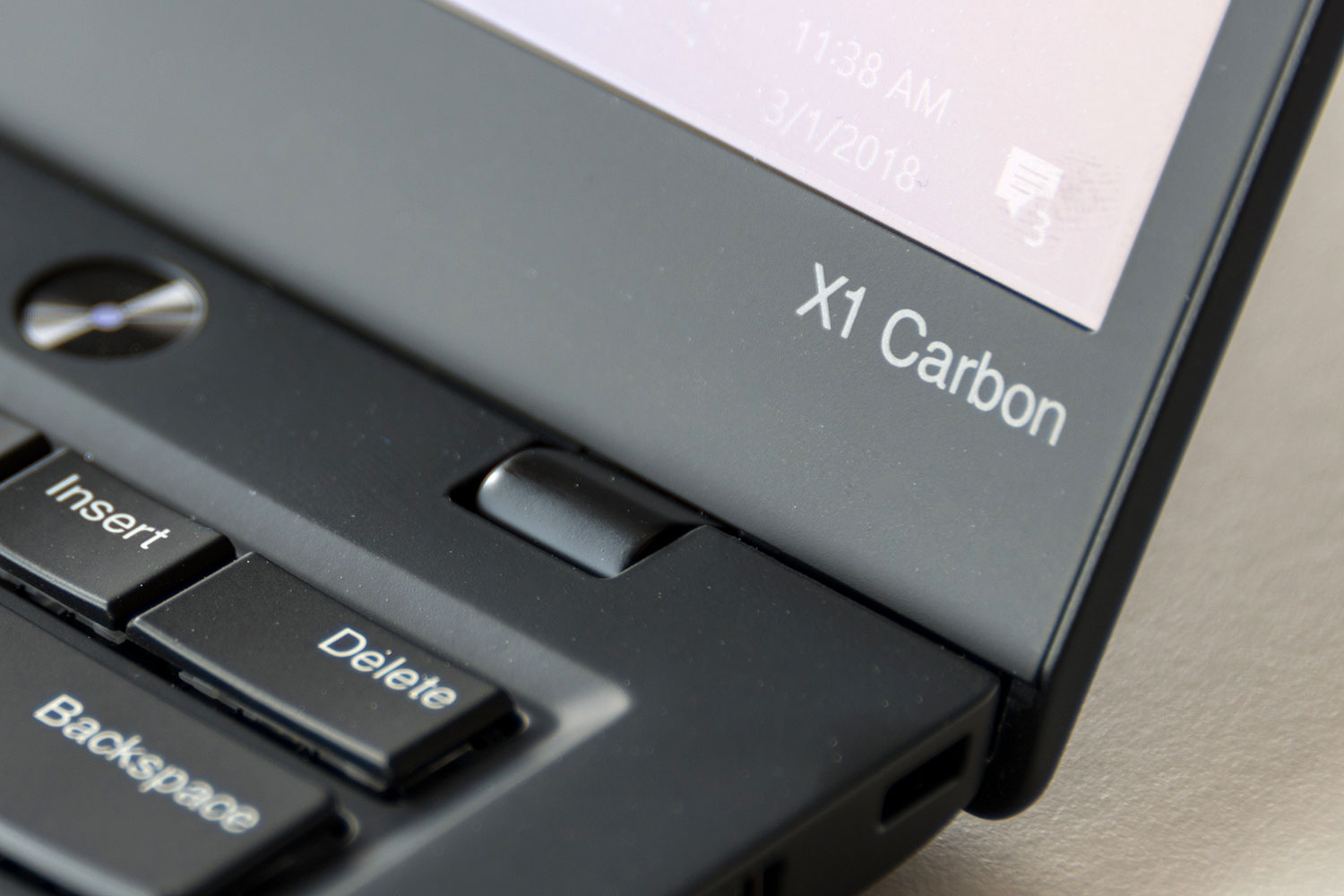
Once upon a time, the ThinkPad was among the most recognized notebooks in the industry, both aesthetically and in a design that promised superior performance, build quality, and business acumen. If you wanted to be sure you were getting one of the best Windows notebooks on the market, you could simply choose a ThinkPad and rest easy. Things have changed, however, and the answer to the question, “Is it still worthwhile to buy a ThinkPad” is no longer so clear cut.
It’s not that the ThinkPad has gotten any worse than it’s ever been. Far from it, in fact. The ThinkPad is (mostly) just as robust as ever, with the same kind of MIL-STD 810g certification process and, in some models, the advanced carbon-fiber alloy material with that nifty soft-touch feel. We reviewed the latest ThinkPad X1 Carbon clamshell and X1 Yoga convertible 2-in-1 models and found them, as always, to be fine examples of premium Windows notebooks.
And yet, we assigned neither our “Recommended” badge. How can that be, you ask, if we basically liked the notebooks and gave them decent enough seven out of 10 scores? It’s because both machines are very expensive, and while they’re excellent notebooks for ThinkPad fans, they’re no longer so much better than the competition that their high prices are automatically justified.
Consider the ThinkPad X1 Yoga, for example. Its most expensive configuration comes in at $2,740, netting you a quad-core eighth-generation Intel Core i7-8650U (a very fast chip), 16GB of RAM, a 1TB PCIe solid-state drive (SSD), and a luscious 14-inch WQHD+ (2,560 x 1,440 or 210 PPI) display with Dolby Vision
So, no, it’s not that the ThinkPad has gotten worse, it’s that the competition has gotten so much better. Microsoft’s Surface Book 2 13, for example, is “just” $260 more with the same CPU,

And even if you’re a business looking for a highly secure notebook, there are more options than in the past. HP has its EliteBook line, for example, that has equally strong security and offers the same MIL-STD 810g robustness. While the ThinkPad can physically block your webcam for enhanced privacy, the EliteBook offers a privacy screen that makes your display unreadable to the left and right — perfect for airline flights and coffee shops where corporate spies might be sneaking a peek.
We haven’t even mentioned that you can spend half as much money on a variety of notebooks and get builds that are nearly as robust, performance that’s even better, and battery life that puts the X1 line to shame. Consider the HP’s Spectre, Dell’s XPS, and Asus’s ZenBook lines as examples of premium notebooks that challenge the best ThinkPads in the ways that matter most while costing significantly less money.
ThinkPads remain great options for those who’ve been fans for years. They’re just as iconic as always, just as well-built, and they’re still innovative. But they’re simply not quite so drool-worthy for everyone else, no matter how much money someone has in their budget.
Editors' Recommendations
- Lenovo ThinkPad deals: Save over $1,000 on the classic laptop
- Quick! This Lenovo ThinkPad X1 Yoga 2-in-1 laptop is 51% off
- Lenovo just knocked 40% off this ThinkPad X1 Yoga 2-in-1 laptop
- This Lenovo ThinkPad X1 has an MSRP of $2,709 — today it’s $948
- The best upgradeable laptops


